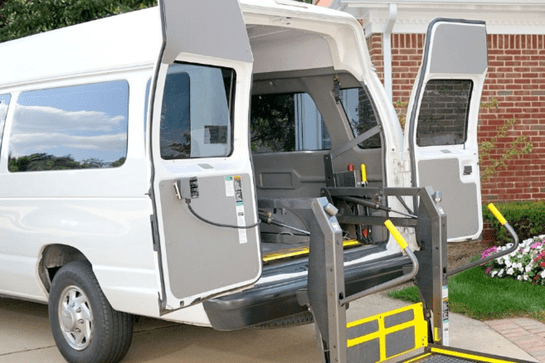Non-emergency medical transportation continues to be one of the most important government programs available. The industry is showing no signs of slowing down, so if you’re new to NEMT or thinking about starting your own business, you picked a great time to enter the transportation market. There are fun aspects to starting a business, and there’s the technical, legal side. We’re looking at the latter today, so you can make sure you have all the appropriate documentation in place to start your NEMT business.
NEMT certifications
NEMT providers aren’t licensed medical providers like ambulance drivers, so they don’t need an EMT license. However, providers and drivers can benefit from having certifications in their portfolio. Defensive and distracted driving courses, substance abuse programs, blood-borne pathogen training, disability training, and more, are all great courses to encourage your team to participate in. If you have a team certified in these areas, you can use it as a marketing point, showing prospective clients that they can trust your well-trained team. This is also a good area to examine when you’re hiring new drivers. Do they already have these certificates? Do they have additional training they can share with your team? None of these training opportunities are legally required, but they set you apart from companies that encourage ongoing learning.
Licensing
We’ll start with the obvious: every driver employed at your business must have a valid state driver’s license. Beyond that, you should check with your local DMV and Medicaid center to check if there are any local requirements you need to meet when starting your business. The following are some of things you should check for when hiring drivers at your business:
- Any points on the driver’s license or previous driving offenses
- A full background check
- A negative drug test, subject to be repeated randomly and without notice
- A credit check
Insurance
You can’t hit the road without insurance, so finding the best plan for your business should be a top priority. There are two big things you need coverage for: your vehicles and your drivers. While it might be tempting, especially as a new business, to opt for a cheap option with bare minimum coverage, this isn’t the time to try to save money. Instead, anticipate spending a set price on insurance when you build your budget. You should also consider business growth in your budget—as your fleet and team continues to grow, your insurance rates will go up. The good news is, the longer you’re in the business, the less you’ll eventually have to pay.
ADA-compliant vehicles
If you’re planning on doing wheelchair and stretcher trips in addition to ambulatory trips, you’ll need special vehicles in your fleet. Any vehicles carrying a wheelchair or stretcher passenger must meet ADA compliance, so if you’re looking for a vehicle, keep these ADA requirements in mind:
- 30-inch wide wheelchair lift
- 56-inch door opening height
- Gear Shift interlock
- Four tie-downs with lap and shoulder belts
Toyota, Ford, and Dodge all have reliable wheelchair van options. If you’re unsure where to begin, look into each option to decide what fits your business needs best. After you’ve hit the ground running and are completing daily trips, it’s time to think about non-emergency medical transportation software. Having a reliable software platform at your business allows you to automate your scheduling, billing, dispatching, and routing for an overall better operation. Take on your new NEMT business with confidence, and you’ll be in good shape.
Table of Contents

